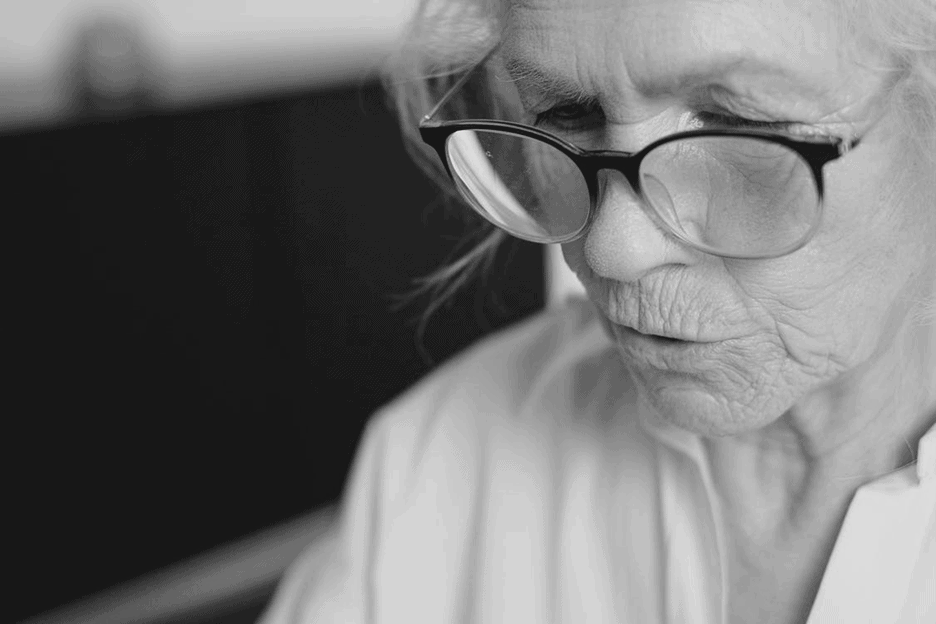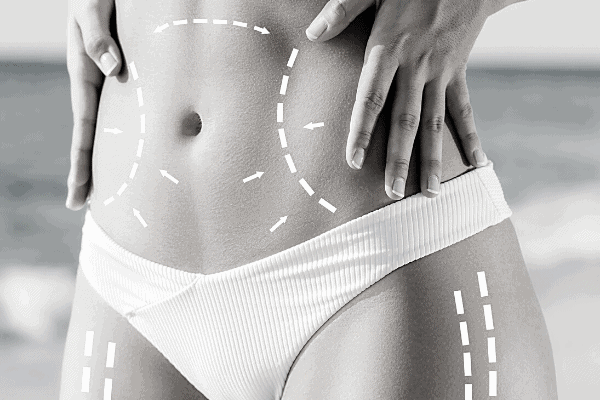March 26th, 2025
Dr. Mulholland, Md
If you’ve recently had a breast augmentation, you may be wondering when you can return back to your everyday routine. Breast augmentations are a minimally invasive procedure with a long recovery period. If you don’t slowly return to your day-to-day life, it can cause muscle pain and tension. It can also cause unwanted bleeding and impact the results of the procedure.
Are you wondering how soon after a breast augmentation you can return to your favourite activities? We’re here to help. We’re answering the top 25 questions patients have after the procedure. Here are our breast augmentation recovery tips and tricks:
Physical Activity After Breast Augmentation
When Can I Start Walking After Breast Augmentation?
You can start walking immediately after surgery. Many plastic surgeons recommend you set aside time to walk around your home a few times a day while recovering. This can help improve circulation and reduce unwanted swelling.
When Can I Start Exercising After Breast Augmentation?
Exercising after a breast augmentation is generally not recommended for the first four to six. However, you can discuss light activity options with your surgeon to ensure you’re still getting enough exercise to maintain your health.
How Long After Breast Augmentation Can I Run?
Running can cause unwanted breast movement during the healing process. This means you’ll want to avoid running at least four to six weeks after the procedure or until your surgeon says it’s okay to run again.
When Can I Do Push-Ups, Planks, or Pilates?
Upper body exercises should be avoided for at least six to eight weeks. This will give your chest muscles enough time to heal after the procedure.
When Can I Lift My Child or Heavy Objects?
Anything over 10-15 pounds is considered heavy lifting, which means carrying and lifting your child or heavy objects should be avoided for at least two weeks. Some surgeons may recommend avoiding lifting your child or heavy options for four to six weeks after the procedure. Consult with your plastic surgeon for more guidance.
Water and Heat Activities
How Soon Can I Shower After Breast Augmentation?
Patients can shower within 48 hours after the procedure. However, you’ll want to keep the incision sight dry and avoid soaking the incisions. You won’t be able to soak the incisions until three to four weeks after the procedure. If you get the incisions wet, you’ll want to ensure they are dry and clean after you shower.
When Can I Go to the Sauna, Pool, or Beach?
You’ll want to wait at least four weeks to swim in a pool or go to the beach. Sauna after a breast augmentation is not recommended for the first four weeks.
Daily Activities and Lifestyle
How Soon Can I Drive After Breast Augmentation?
Research suggests most women can return to driving a car within 24 hours after the procedure. However, most plastic surgeons will prescribe pain medication for you to take for the first seven days after the procedure. You’ll want to avoid driving or operating a vehicle while you’re taking the pain medication, which means you can likely return to driving one week after the procedure.
When Can I Go Back to Work?
This will depend on the nature of your job. If you work from home or in an office, you might feel fine returning to work after one week. However, if you work in a more physically demanding role, you should wait three to four weeks before returning to work. Consult with your surgeon if you’re unsure or need professional guidance.
How Soon Can I Travel After Breast Augmentation?
Most surgeons will recommend you wait at least two weeks for a short flight and four weeks for a longer flight. Avoiding flying will help reduce your risk of swelling or blood clots during the healing process.
Intimate and Personal Care
How Soon Can I Have Sex After Breast Augmentation?
You should wait at least two weeks before you’re sexually active with your partner. After the two weeks, you’ll want to avoid positions or specific movements that may put additional strain on your chest while healing.
When Can I Sleep on My Belly Again?
You can sleep on your belly six weeks after the procedure after the incisions and implants have healed.
Can I Massage My Breasts After Surgery?
Yes, you can massage your breasts two to four weeks after treatment. Your surgeon may recommend you massage your breasts to help improve the healing process and prevent capsular contracture. Massaging your breasts can also help reduce scar tissue and help the incisions heal faster. It also helps keep the breast tissue soft.
When Can I Wear a Regular Bra or Underwire Bra?
You’ll want to wear a supportive surgical bra or sports bra for the first four to six weeks. Once the incisions and implants have healed, you can wear a bra with an underwire.
When Can I Wear Deodorant, Lotion, or Use Self-Tanner?
It’s safe to apply lotion or deodorant a week after your procedure. You’ll just want to avoid applying anything directly to the incision sight. You’ll want to avoid applying self-tanner for the first two to three weeks to avoid unwanted irritation.
Family Planning and Future Considerations
How Soon Can I Get Pregnant After Breast Augmentation?
It’s generally recommended to wait at least six months before you get pregnant. This gives your body enough time to fully heal and stabilize before you start your pregnancy journey.
How Long Should I Wait After Having Children to Get Breast Augmentation?
If you’ve recently had a baby, you should wait at least six to 12 months postpartum before you start exploring breast augmentations. You’ll also want to consider waiting until you’re done breastfeeding.
Supporting Recovery
Why Is a Supportive Bra Important After Breast Augmentation?
A supportive bra will help stabilize the implants and reduce swelling. This can also help you avoid unwanted shifting and keep your implants in place.
What Post-Operative Care Steps Should I Follow?
Prioritize a nutrient-rich diet and ensure you’re staying hydrated while you’re recovering. You’ll also want to avoid exercising and give your body enough time to heal before you return to work or heavy lifting. If you’re struggling with pain or discomfort, your plastic surgeon may also offer pain management instructions.
For more breast augmentation tips and advice, consider joining a Reddit channel for tips and ideas from other women. You can join conversations like this one here.
Do I Need Lymphatic Drainage Massage or Specialized Physical Therapy?
Lymphatic drainage massages can help reduce unwanted swelling. If you’re exploring different massages and therapies, you’ll want to consult your plastic surgeon for expert advice and guidance. It’s generally recommended to wait until you’re at least two to three weeks post-op.
Frequently Asked Questions
Can I wear underwire bras after breast augmentation?
You’ll want to wait six to eight weeks after your procedure to wear an underwire bra.
How can I manage swelling after surgery?
Applying cold compresses, eating a nutrient-rich diet, and avoiding exercise can help you manage pain and swelling.
When can I start lymphatic massages after breast augmentation?
Wait at least two weeks after the procedure to start lymphatic massages.
Can I sleep on my side after breast augmentation surgery?
You can start sleeping on your side two to three weeks after your breast augmentation procedure. You may also want to place protective pillows to protect the breast tissue during the first six to eight weeks.
How long until I see the final results of my breast augmentation?
Immediately after the procedure, you’ll notice a change in size and shape. However, you may not see the full results until the swelling subsides, six to eight weeks after the procedure.


